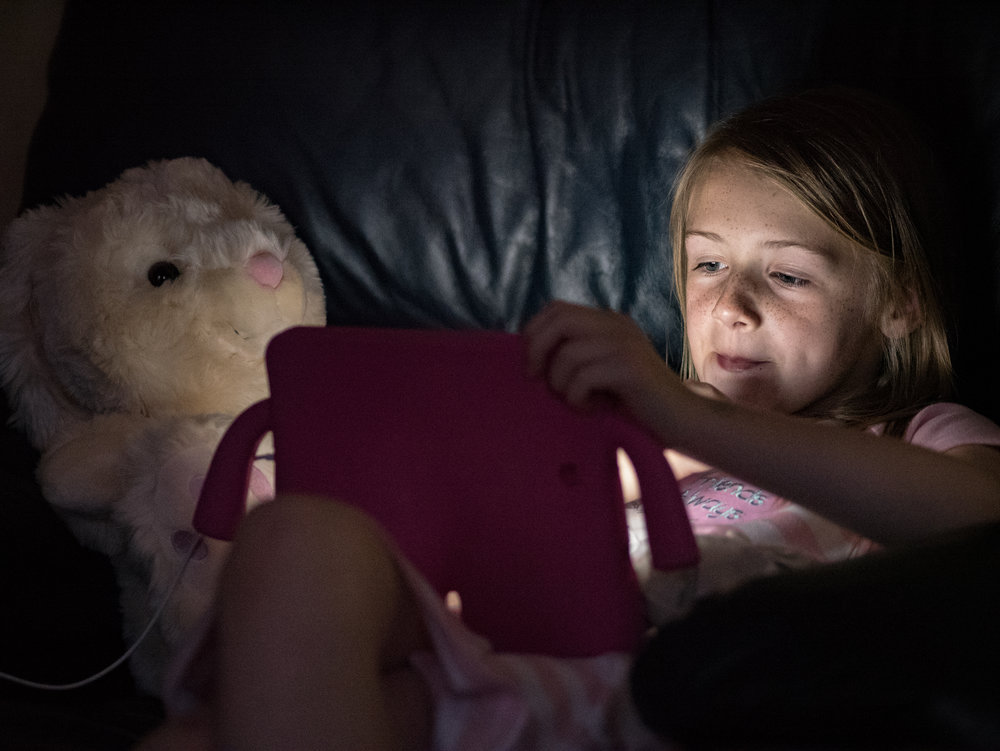
I spend a lot of time comparing one camera with another, one system with the other. It’s not necessarily for a purchase decision, but I like to keep up to date with developments and I look for the best features of individual cameras and systems. Although I gravitate towards Leica and Panasonic, as manufacturers (at least that is what I mainly use at the moment) I am not blind to the attractions and benefits of other devices. There are no truly bad cameras these days, but do I restrict myself to the mirrorless world, having given up on DSLRs nearly ten years ago.

Even then, the choice is wide. You can choose Panasonic, Olympus, Sony, Ricoh, Fuji, Leica, Sony and Canon with confidence. Canon, in particular has announced a new push on mirrorless and this can only be good for the market.
Recently I found a compelling article comparing two disparate systems and cameras — the Leica CL and the Panasonic LUMIX GX8. As readers will know, I have a foot in both of these camps and I see micro four-thirds with its speed, weather protection (in the case of the GX8 and G9) and superb stabilisation as a pretty mature and capable system that enables cameras that are great to handle and which produce excellent results. On the other side, I find satisfaction in the purity, relative simplicity and overall competence of the CL system. Ultimately, the image quality and resolution of the CL’s APS-C Sensor will outgun m4/3, particularly in terms of low-light performance and dynamic range. But in the real world is a close thing, so good has the smaller sensor system become.
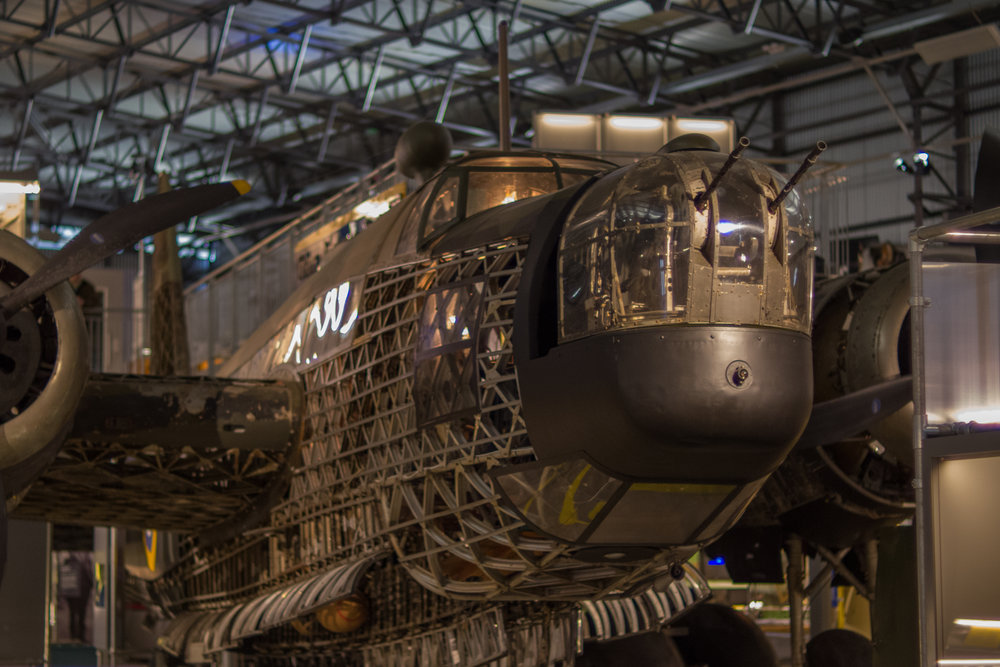
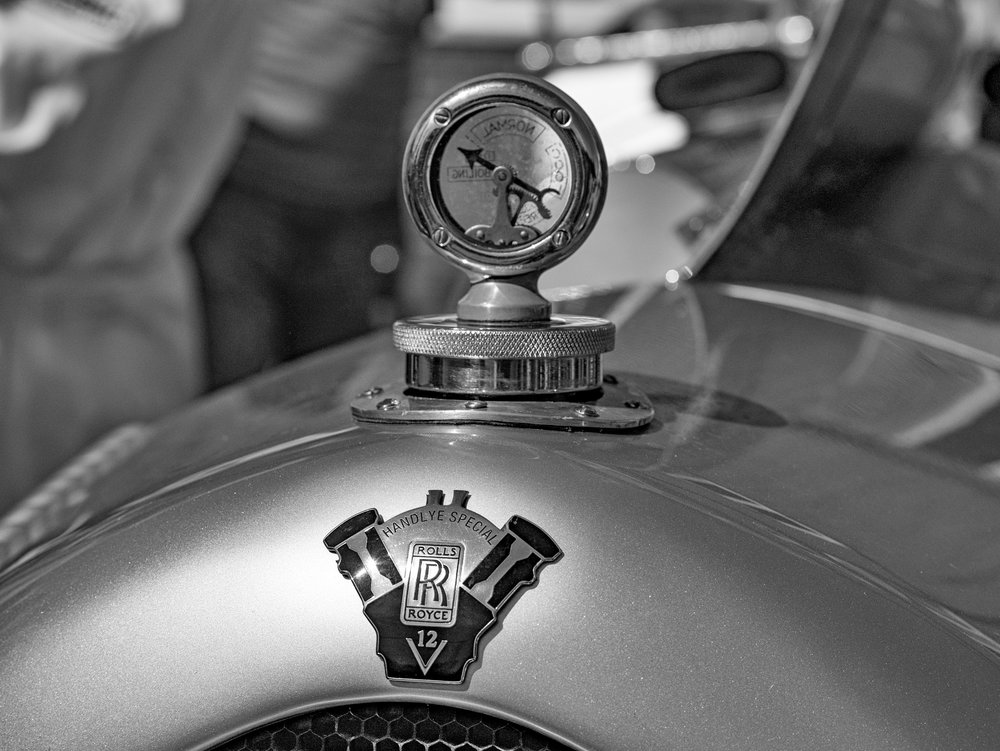
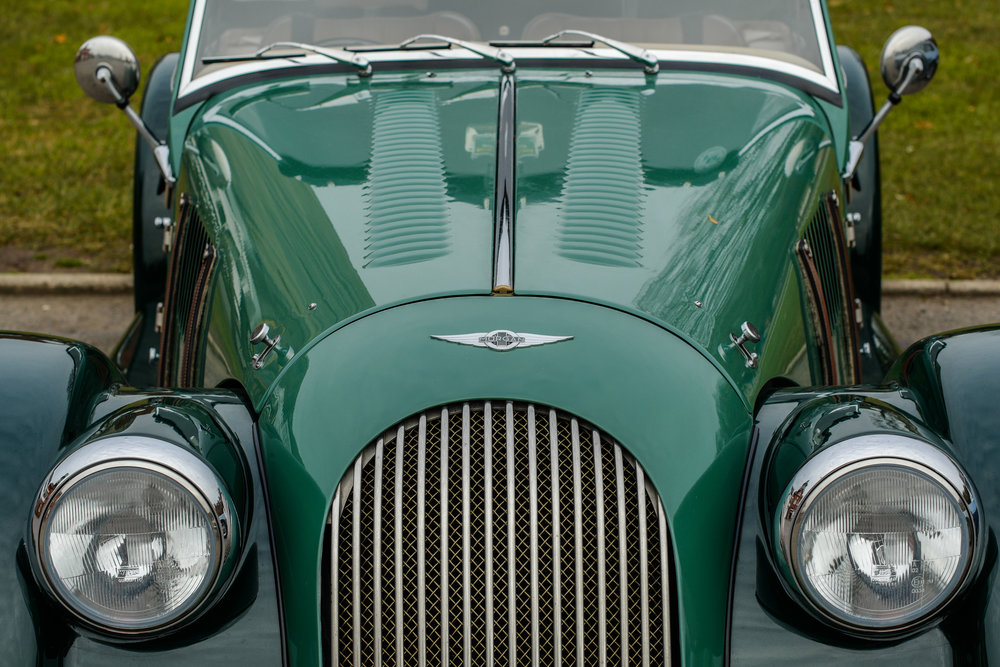
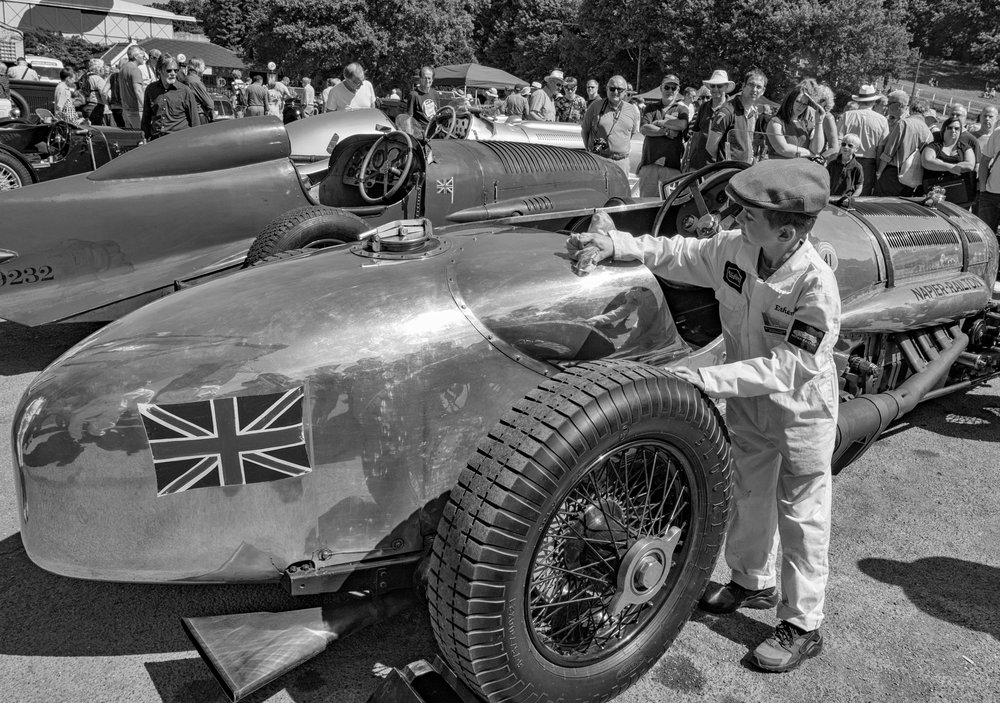
But if I were choosing just one system it would be a close call. The CL lacks features which are fast becoming mainstream — stabilisation and weather protection for two. But not everyone is influenced by that. Leica makes a virtue out of simplicity, attempting to distil their offerings to das Wesentlich, the essential. CL users are likely to concentrate on aspects other than stabilisation and weather protection, including the integration with other systems they own — M or SL — and appreciate the ability to use a wide range of manual M-mount lenses on the CL. Sure, you can use your manual M lenses with micro four-thirds but the CL just does it better. The m4/3 crop of 2:1 is also often a disadvantage when pressing common full-frame focal lengths of 35mm or 50mm into service.
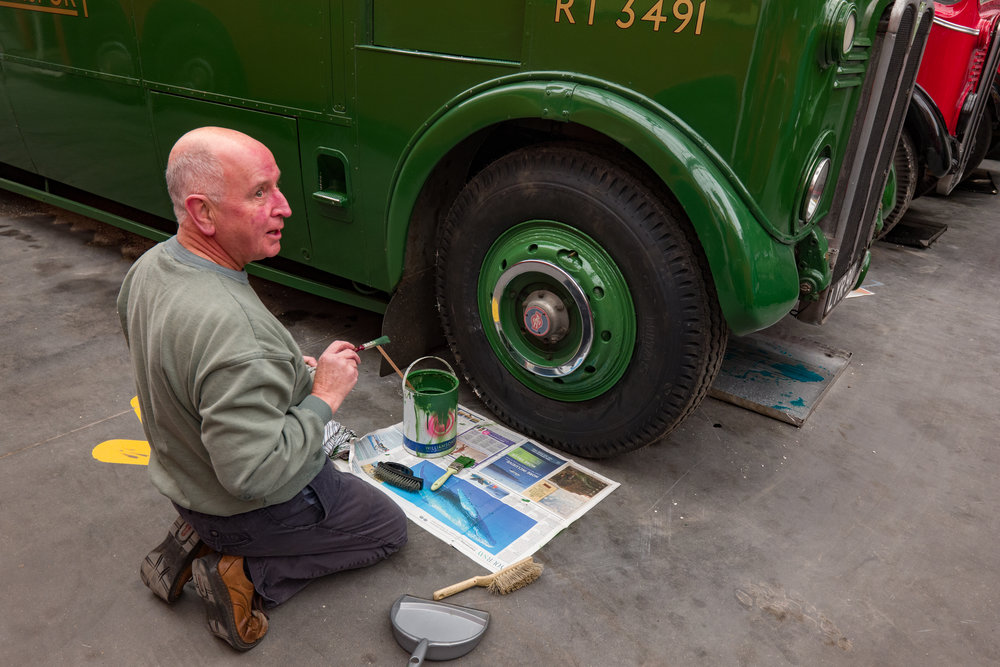
A well-reasoned article on the Apotelyt web site has done a good job in making the comparison. In the real world, a comparison with the Fuji X-E3 (for instance) might be more appropriate. But it is a testimony to the abilities of modern four-thirds cameras that a comparison of three two disparate cameras makes a lot of sense — and a good read.
See the full comparative review here
_____________

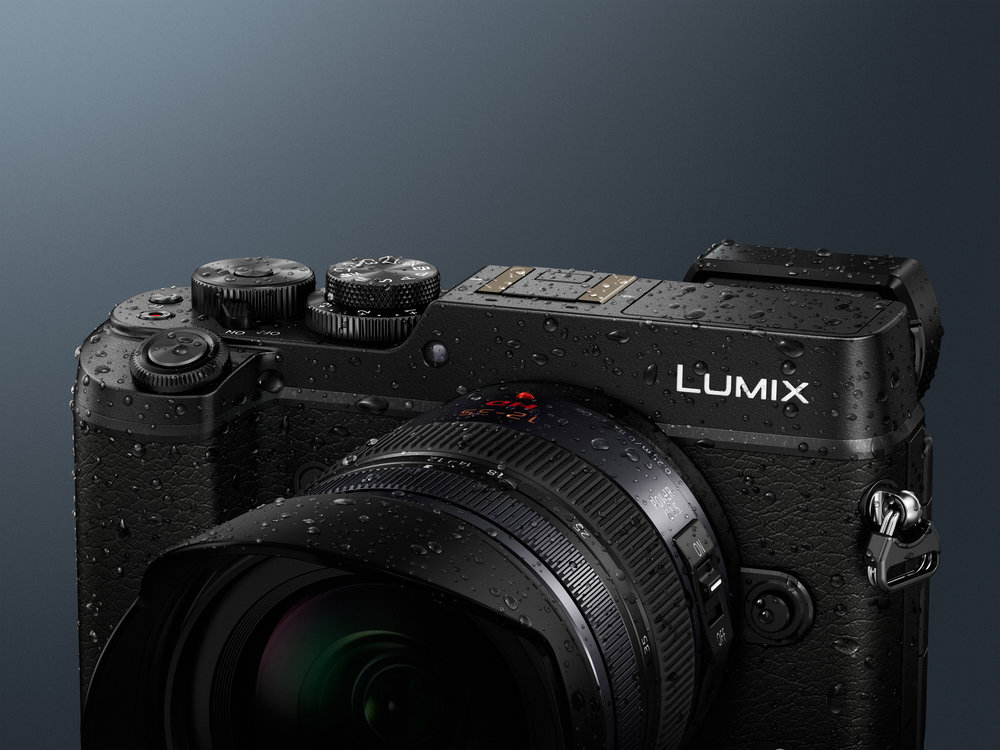
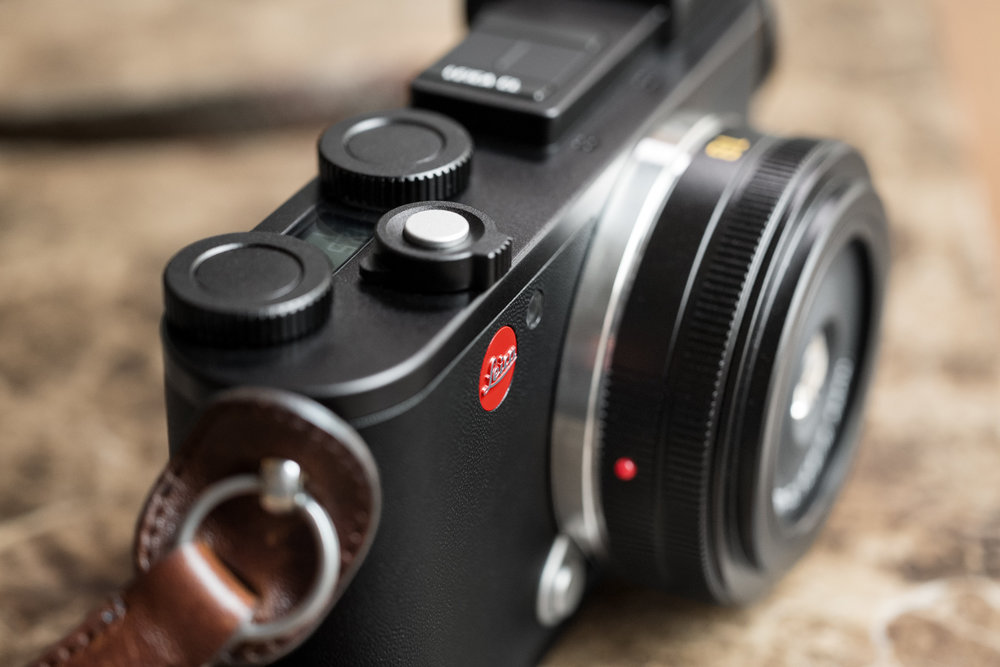
To all the people posting on forums saying that they own a Leica SL but it’s too big and heavy to carry around. I just want to say I would love to have your problem! LOL! And I don’t believe for a minute that you didn’t check the weight before you bought it! ha ha! guess that camera body is like a real person … tendency to increase in weight over time.
I’ve long since given up looking for the perfect camera, it’s like looking for a unicorn. Since all the cameras these days can give excellent results my decision is usually based on whether it has sufficient features for what I want plus great usabilty. A lot of cameras now have so many features and complex menus that I feel like the camera is controlling me! For that reason I love what Leica does.
We’d all like the SL to be smaller and the CL to have weatherproofing and IS but I say never mind. For decades photographers travelled the world and produced great images without being spoiled by every imaginable feature.Better to have a camera that is limited in features and push it to it’s limits than a swiss army knife of a picture taking machine with 50 features you never use.
For many of us with M lenses that little CL is a joy to use and can do everything you need. Not having IS doesn’t stop you taking pictures and not having weatherproofing doesn’t stop you going out in a bit of rain. to me these are luxury features, nice to have but non essential. same thing goes for sensor sizes.of course big is good but I went out to shoot cherry blossom yesterday ( I live in Japan ) with a Leica M6 TTL. No IS, no weatherproofing, no sensor ( film )
And no problem. My back up camera was an old Nikon V1 with a tiny sensor.
Never felt I was crippled by not having the features of the latest digital wonder.
Lumix or Leica? just get the one you like, don’t fret about the features it doesn’t have and just enjoy using what you got.
Sorry, I got preoccupied with the point of the post that I forgot to comment on the image aspect. I loved the first image as it brought back memories of me reading using a flashlight when it was supposed to be lights out. The image is beautifully balanced by the bear which also has pink. The final picture has a great rendering and captures a beautiful moment. I only started following this blog in the fall and is one of the few that find worthwhile including Ming Thein which is high praise from my viewpoint. Thanks! Brian
Thanks, Brian. Praise indeed and I am glad you find the blog interesting. Don’t forget to get in touch if you’d like to contribute an article based on your experiences.
Not intending to stir up a tempest in a teapot…I just moved to M43 from Sony A6300/A7R system and Leica M240/SL system to Panasonic G9 system with Olympus and Panasonic Leica glass and am delighted: my standards are high and I print large prints and occasionally sell prints. I Loved the Leica M within its shooting envelope and the Leica SL was positively gorgeous camera in design, haptics, and image rendition but getting into medium format territory for lugging a range of glass around. I considered the Leica CL but the glass range was too limiting for a single system to suit me. I was about to purchase the CL in combination with another camera when I saw the Panasonic G9 article and decided to investigate the M43 system that I too thought had no future with the erosion of smaller sensor cameras and entry cameras by "smart phones" and full frame. However, I realized that M 43 have come of image rendering age with pro/enthusiast glass available. I do not need ISO 50000 and do not shoot black cats in rooms lit by a single birthday candle and I do not crop heavily and then print 40 inch prints. I want to use a single camera type that allows me to become so familiar that I do not have to fiddle around in confusion and then miss a fleeting moment. I do not judge other peoples camera choices as a person should pick what gives them joy. Yes the Sony bodies are small but the quality glass is big (the law of physics steps in) and the M43 sensor allows much smaller telephoto glass which is my interest. The Panasonic G9 body is bigger than some APC bodies but the glass stays small and I do not need to add a grip to make it usable. I personally find that a camera body can get too small too comfortably hold , sensor noise goes up due to heat issues, shutter shock…. I have been surprised that the move to M43 has been amazing and the roll out of high end glass lately by both Panasonic and Olympus shows there is real interest in the system. Who knows, maybe APC is too close to FF and it will be crushed between M43 and FF. To sum up, I love my venture into M43 and it has enhanced my joy in going out to photograph and I did really love my Leica SL but that mistress was too heavy for me. So far I have: Panasonic Leica 12-60 (not in same league as SL 24-90 but great for a zoom and a fraction of price and weight), Olympus 45/1.2 (simply awesome sharpness, rendering, bokeh), Panasonic Leica 15/1.7 (very Leica like in rendering and amazingly compact – wonderful carry camera all the time and gratifying sharpness and rendering), Panasonic Leica 200 2.8 with included 1.4x (this is the best telephoto I have ever owned and the first 1.4x that I am delighted to use without hesitation), and last but not least the Olympus 75/1.8 which deserves its legendary reputation and is so tiny! Any way, my personal feeling is that APC lacks the quality glass choice and is too close to FF in glass size and with the diminishing serious camera market will lose out to FF and M43 in options. I was in the Sony system since 2008 and loved my Nex 7 and liked my A6300 much less but Sony was clearly putting their investment into the A7 series and glass which was becoming far too heavy for me. I give this blog credit for my discovering the merits of M43 for my personal future direction. However, if my needs were different, my perfect camera would be the Leica SL without question. Cheers! Brian
Thanks for this very useful addition to the discussion, Brian. Your comment is almost the basis for an article and, if you fancy polishing it and adding a bit more detail it would stand on its own. I’m sure you could produce some good pictures to illustrate your point. Drop me a line if you would like to do this. Mike@macfilos.com.
I am impressed at your single-mindedness in ditching the M/SL and APS-C and I can understand your enthusiasm for micro four-thirds, especially the G9. And your choice of lenses is perfect. I have the 12-60 and Olympus 75mm but chose the Leica DG 42.5 instead of the Olympus. However, I do have the 25mm Olymnpus f/1.2 and that is a superb lens. I am interested in your experience of the 200mm Leica DG. I’ve been thinking of buying the 50-200 because I don’t have a suitable telephoto lens for m4/3, but I must say the idea of a 200mm prime, especially with the 1.4x converter, is appealing. Do think about turning this into an article.
Mike
I’ve had a love/hate relationship with the SL. If it had only been smaller, perhaps just a tad bigger than the Sony a7, I would say that it is the best camera I have used. The SL with the 24-90 is a great all-round photographic tool but, unfortunately, it is just too big and heavy. For a time I used it with M lenses (a job which it does so well) but in the end decided that I would concentrate on the M10.
From my point of view, though, I am glad that I have had (and have) the opportunity to try all these different systems. All have their merits and I understand how difficult it is to decide on what to buy.
Thanks for this which mirrors my situation quite closely. My dealer talked me out of EP1 and into NEX C3 in the days before MFT could fight an equal battle image-wise. And as I’m not a lover of lens changing the NEX6 and in due course the a6000 followed with a Zeiss Touit wide angle and a Zeiss ZA zoom to accompany them. So although I would go for the Panasonics and the Panny-Leica lenses, if I were starting from scratch now, it would require quite a clear-out to change at this stage! So I think another attack of GAS has been averted, and the Leica X-Vario will continue to be my favourite camera with the X2 as its understudy.
Not intending to stir up a tempest in a teapot (you guys are Brits)…I remain surprised that M43 has had such a thriving life…since there’s virtually no difference in size and weight between the M43 equipment and the Sony APS-C and now Leica with the T, CL line. I am a Sony guy, with both an A6500 and A7rii and a small array of lenses–and I happen also to be a good friend and photo companion of Mr. Vidler–(sometimes we exchange as many as 10 photo-issue-emails-a-day).
My first Sony was the APS-C NEX-7, as soon as it came out and before the A7 full-framers arrived. I was hooked immediately and made many rash and erroneous predictions that the days of M43 were numbered…likening it to the short life of the days of the film cartridge. But clearly, many who are far more knowledgeable than I are enchanted by the world of M43 and I do acknowledge that the quality of images I have seen from Olympus and Panasonic are truly impressive…and M43 lives happily on. The quality of images I get from the A6500 is astounding and 100% crops are every bit as good in detail and richness as those from my A7rii–the only difference being that the I could "only" print an A6500 image up to about 48 inches (about 120 cm) where the A7 full framers could be as large as almost 96…and when do I ever print anything that large.
Mike, I get past the Sony menu issues by taking a "set it and forget it" attitude…and only occasionally, in a rare but occasional late-at-night moment of rationality, review all the menu settings…and get bewildered again about so many possibilities that I don’t understand…and go back to being satisfied with the basic settings. And as for the "distance" from the manufacturer that you cite, I disregard that and only deal with B&H and Adorama, photo emporia in New York…and they are in essence my "manufacturer," with great customer service. On the rare occasions when I needed repairs, the Sony authorized service has been excellent and prompt…and when out of warranty, reasonably priced as well.
I get past the "distance
Alan, I take the point about weight/size differences. The Panasonic G9 is a case in point — bigger than many an APS-C camera including the A6500. The lenses, though, are often a different matter. They are quite a bit smaller so the overall system size/weight can be easier to carry around. If I were not up to my ears in CLs and Panasonics and suchlike I might well be tempted to the Sony range….
A good comparison – but a better one may be with an equal APS-C camera. This may be heretical on Mike’s site, but my own preference for a speedy and stabilized companion to the CL is the Sony A6500, with 5-axis stabilization, and exceptional Zeiss lenses. I usually take the Sony with the excellent 18-135 zoom, and the CL with its pancake 18. I use both depending on weather and shooting conditions in tandem with the M10, and the Sony is lighter and equally fast (if not more) than the Panasonic. It’s also 24mp, APS-C and thus comparable with the CL. The Leica-Sony adapter is small, and the focus peaking and enlargement is excellent.
Not heresy at all, Tony. I know the A6500 is an excellent camera, as is the A7 range. It’s just that I never really got on with Sony’s menu and control system, nor the feeling of remoteness from the factory. With Leica and Fuji you do feel close to things, less so with Panasonic which is more of the faceless Sony-type company. But I’ve often thought of trying the A6500, just haven’t got round to it.
You are right that a more suitable comparison would have been with the CL and Sony or Fuji but I was interested that the author of the linked article had chosen these two cameras.
I would argue that the CL should be weather sealed and should have IS precisely because these simplify the use of the camera. They are both distracting functional issues that detract for the actual photography (unless you actually want some hand shake or a psychedelically sodden sensor 😉
When I switch back to shooting with my Olympus after using an M for a while, I have to say that I have some relief in not needing to worry about camera shake, rain, or off-centre focus accuracy. While u4/3 gets some justified flack for their complex setup and menus, when the cameras are configured the way that you like them they are a real joy to use.
I can’t disagree with anything you say, Mark. While I can rustle up a justification for no weather sealing or stabilisation in the CL/TL cameras, it doesn’t mean that I don’t think they should have addressed these issues. It’s significant that the SL zooms DO have stabilisation, yet the TL zooms — which were designed a few years before — do not. I cannot decide whether this was wilful negligence or the lack of suitable resources at the time. Anyway, they are now stuck with the current lens line up and I’m not holding my breath for a complete redesign.
A highly relevant comparison, Mike, which for me falls out in favour of Panasonic and could be the way to combining Leica-quality lenses with a small weather-proof body and swivel screen.
There’s also price to taken into consideration. As you say, it’s a close call, but on price it is hard to justify the CL. The body may be reasonably priced, but once you start adding the lenses the cost mounts. That said, the top quality Leica DG lenses for m3/4 are not cheap either, but the Panasonic Lumix versions are nearly as good and are much cheaper.